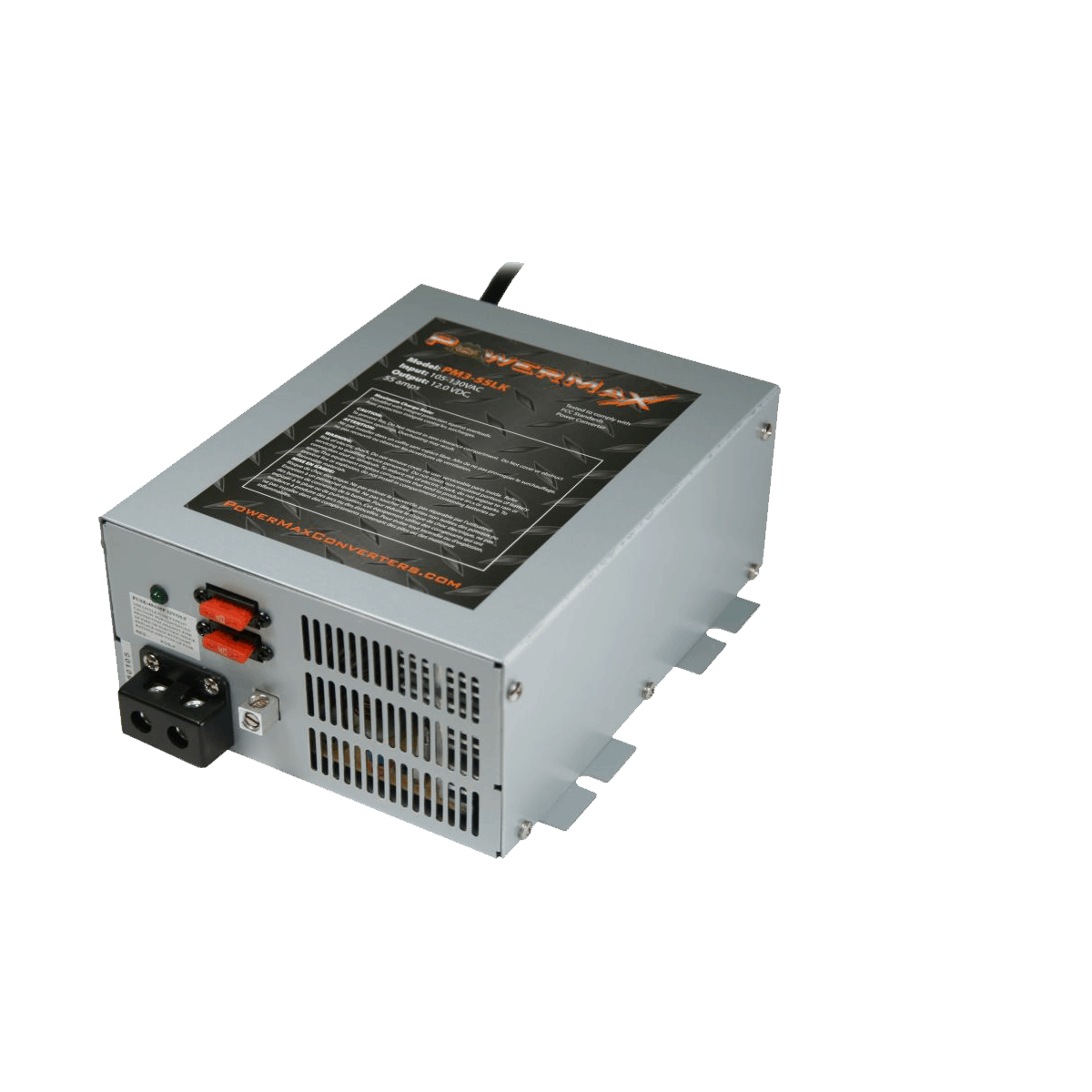KS_Kampers
New Member
I found my 9855 to discharge the battery. I ran a bench test over the course of about 3 days. I don't have a data logger, so I would go out and check the voltage at the terminals every few hours or so. For the first ~two days, the voltage ranged from 13.59V to 13.7V. After the first 44 hours was where I was really interested... sure enough, the charger folded back, and when I went into my shop the next morning I found the battery terminal voltage was then 13.2V. I pulled the converter from the battery, let things settle for a few hours, and measured..... 13.2V.The charger dropping from 13.6V to13.2V is a non-event. The charger doesn't allow a higher voltage battery to discharge into itself, so the only thing that happens is current stops flowing into the battery, the battery holds whatever its resting voltage is until the battery eventually drops to 13.2V, and starts accepting current from the charger.
Re-attached converter, powered it back up, and let things charge for 24 hours. Disconnected, and let the battery settle overnight. Existing voltage on terminals is 13.57V.
So in this instance, the WFCO 9800 series charger did remove much of the battery charge when it is allowed to remain powered on after 44 hours.
For those who are aware that they have the non-AD version (9800 family as opposed to 9800-AD) of the WFCO converter, they can work around continuous shore power issues by power cycling their converters such that it doesn't reach that 44 hour timeout. I read elsewhere that some folks use a simple appliance timer to do this.
I'm going to switch to a Progressive Dynamics lithium compatible converter and be done with it. I'll just use that WFCO on my bench for charging portables.




